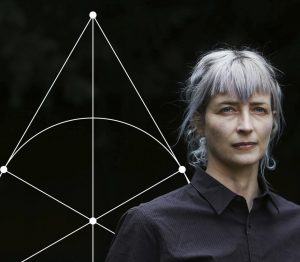Natalie Wolchover in Quanta:
 In 2014, a graduate student at the University of Waterloo, Canada, named Cohl Furey rented a car and drove six hours south to Pennsylvania State University, eager to talk to a physics professor there named Murat Günaydin. Furey had figured out how to build on a finding of Günaydin’s from 40 years earlier — a largely forgotten result that supported a powerful suspicion about fundamental physics and its relationship to pure math.
In 2014, a graduate student at the University of Waterloo, Canada, named Cohl Furey rented a car and drove six hours south to Pennsylvania State University, eager to talk to a physics professor there named Murat Günaydin. Furey had figured out how to build on a finding of Günaydin’s from 40 years earlier — a largely forgotten result that supported a powerful suspicion about fundamental physics and its relationship to pure math.
The suspicion, harbored by many physicists and mathematicians over the decades but rarely actively pursued, is that the peculiar panoply of forces and particles that comprise reality spring logically from the properties of eight-dimensional numbers called “octonions.”
As numbers go, the familiar real numbers — those found on the number line, like 1, π and -83.777 — just get things started. Real numbers can be paired up in a particular way to form “complex numbers,” first studied in 16th-century Italy, that behave like coordinates on a 2-D plane. Adding, subtracting, multiplying and dividing is like translating and rotating positions around the plane. Complex numbers, suitably paired, form 4-D “quaternions,” discovered in 1843 by the Irish mathematician William Rowan Hamilton, who on the spot ecstatically chiseled the formula into Dublin’s Broome Bridge. John Graves, a lawyer friend of Hamilton’s, subsequently showed that pairs of quaternions make octonions: numbers that define coordinates in an abstract 8-D space.
More here. [Thanks to Ali Minai.]
